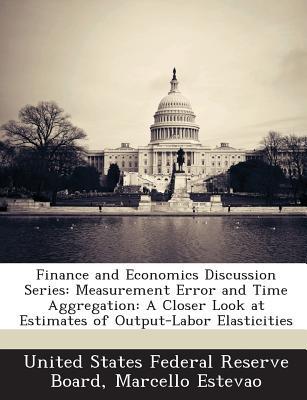Question
The problem of so-called push polls When advocacy calls are made under the guise of research This statement from AAPOR, American Association for Public Opinion
The problem of so-called push polls
When advocacy calls are made under the guise of research
This statement from AAPOR, American Association for Public Opinion Research, explains how to tell the difference between fraudulent political pollscommonly referred to as push pollsand legitimate polling, including message testing. AAPOR condemns political telemarketing under the guise of research and is committed to providing information that explains what this unethical campaign practice is and what you can do about it.
A Push Poll is not a Legitimate Poll
A so-called "push poll" is an insidious form of negative campaigning, disguised as a political poll. Push polls are not surveys at all, but rather unethical political telemarketing -- telephone calls disguised as research that aim to persuade large numbers of voters and affect election outcomes, rather than measure opinions. This misuse of the survey method exploits the trust people have in research organizations and violates the AAPOR Code of Professional Ethics and Practices.
Identifying Advocacy Calls Made Under the Guise of Research
Political telemarketing calls, when disguised as research, may sometimes be difficult to differentiate from a legitimate survey. Here are characteristics that will usually indicate to a respondent that the call is not a legitimate survey.
One or only a few questions are asked, all about a single candidate or a single issue.
The questions are uniformly strongly negative (or sometimes uniformly positive) descriptions of the candidate or issue.
The organization conducting the calls is not named, or a phony name is used.
Evasive answers are given in response to requests for more information about the survey.
In addition, the following characteristics will indicate to journalists, reporters, and survey professionals that a telephone call is not a legitimate survey.
The number of people called is very large, sometimes many thousands.
The calls are not based on a random sample.
It is difficult to find out which organization conducted the interviews.
Fraudulent Polls vs. Message Testing
The fact that a poll contains negative information about one or more candidates does NOT in and of itself make it a 'push poll. Political campaigns routinely sponsor legitimate message-testing surveys that are used by campaign consultaest out the effectiveness of various possible campaints to tgn messages or campaign ad content, often including negative messages. Political message-testing surveys may sometimes be confused with fake polling, but they are very different. One way to tell is that message-testing surveys exhibit the characteristics of a legitimate survey, such as:
At the beginning of the call, the interviewer clearly identifies the call center actually making the calls. (However, legitimate political polling firms will often choose not to identify the client who is sponsoring the research, be it a candidate or a political party, since that could bias the survey results.)
The interview contains more than a few questions.
The questions usually ask about more than one candidate or mention both sides of an issue.
Questions, usually near the end of the interview, ask respondents to report demographic characteristics such as age, education level, and party identification.
The survey is based on a random sample of voters.
The number of respondents falls within the range of legitimate surveys, typically between 400 and 1500 interviews.
AAPOR stresses that these criteria apply most of the time, but exceptions will arise. Journalists and members of the public are encouraged to investigate allegations of push polling to ascertain whether or not the calling activity was carried out for legitimate research purpose
4.) In order to get good data we need to give a survey to a sample of randomly selected people from the population. Do you think Push Polls are given to random samples? Why, Why not?
5.)Using the answers above would it make sense to analyze data from a push poll?
6.) If no reasonable information can be gained from Push Polls, why do groups call people/ mail them?
7.) What should you do if someone calls you trying to take a Push Poll?
Step by Step Solution
There are 3 Steps involved in it
Step: 1

Get Instant Access to Expert-Tailored Solutions
See step-by-step solutions with expert insights and AI powered tools for academic success
Step: 2

Step: 3

Ace Your Homework with AI
Get the answers you need in no time with our AI-driven, step-by-step assistance
Get Started


